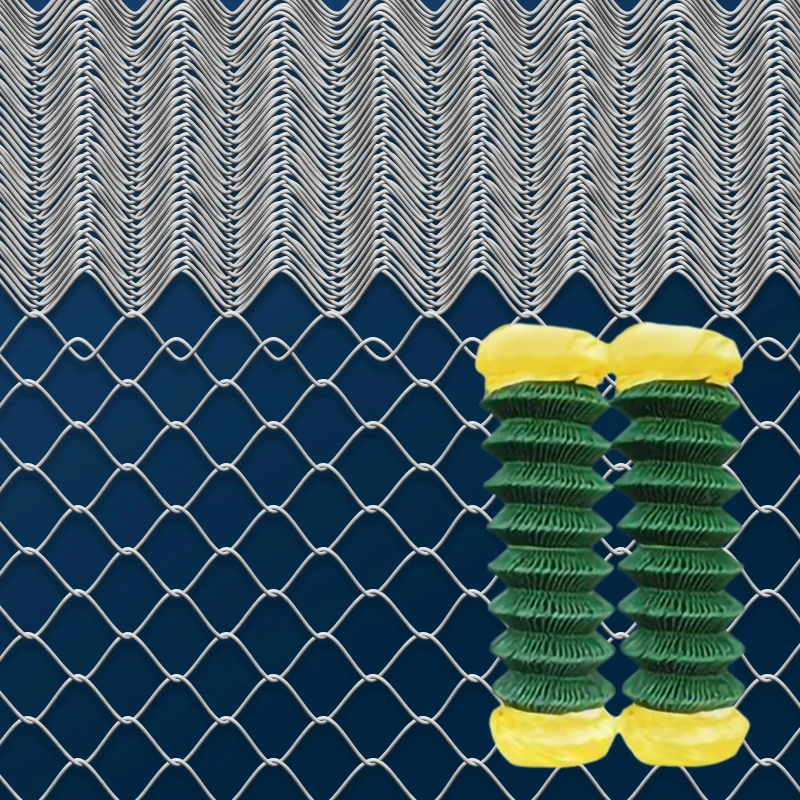 TEL:
+86-13102802206
TEL:
+86-13102802206
 Email:
fencenetting@china.com
Email:
fencenetting@china.com
 Language
Language
 TEL:
+86-13102802206
TEL:
+86-13102802206
 Email:
fencenetting@china.com
Email:
fencenetting@china.com
 Language
Language


Understanding Net for Doors and Windows A Comprehensive Guide
In the realm of construction and home improvement, the term net for doors and windows often refers to the netting solutions designed to enhance the functionality and aesthetic appeal of doors and windows. These nets serve various purposes, including insect protection, ventilation, security, and visual privacy, while also being an essential element in energy efficiency strategies for homes and buildings.
Benefits of Netting for Doors and Windows
1. Insect Protection One of the primary benefits of using nets for doors and windows is their ability to keep unwanted insects at bay. Mosquitoes, flies, and other pests can enter homes through open doors and windows, especially during warmer months. Installing mesh screens effectively blocks these nuisances while allowing fresh air to circulate through the space.
2. Enhanced Airflow When it comes to maintaining a comfortable indoor environment, airflow is crucial. Nets provide a way to keep doors and windows open without compromising on ventilation. This is particularly beneficial in warm climates where the use of air conditioning can be reduced, leading to lower energy bills and a smaller carbon footprint.
3. Safety and Security Nets can enhance the security of a home, especially in areas prone to break-ins. Security screens made from sturdy materials deter intruders without obstructing the view, allowing homeowners to enjoy their surroundings while keeping their property safe. Additionally, mesh screens can prevent children and pets from accidentally falling out of open windows.
4. Energy Efficiency In the quest for energy efficiency, netting also plays a role. By allowing airflow while keeping insects outside, screens can contribute to reducing the necessity for air conditioning during warmer months. Moreover, some specialized screens can reflect sunlight, helping to maintain indoor temperatures and ultimately saving on heating and cooling costs.
5. Aesthetic Appeal Beyond their functional benefits, nets for doors and windows come in various styles and colors, allowing homeowners to choose options that complement their interior and exterior decor. From traditional designs to modern, sleek looks, these nets can enhance the visual appeal of any space.
Types of Netting Solutions

When considering netting options for doors and windows, there are several types to explore
- Fiberglass Mesh Screens These are the most common type of window screen, known for their durability and resistance to rust and corrosion. They are lightweight and can be easily installed in standard window frames.
- Aluminum Screens More robust than fiberglass, aluminum screens are ideal for homeowners needing extra security. They are available in various colors and can be painted to match existing window frames.
- Retractable Screens For those who prefer an unobtrusive option, retractable screens can be pulled down or rolled up when needed. This solution is particularly popular for patio doors, offering convenient access when desired.
- Pet Screens Designed with pet owners in mind, these screens are made from tougher materials to withstand the claws and activity of animals, preventing tears and rips.
Installation and Maintenance
Installing netting for doors and windows can often be a straightforward DIY project. However, for those uncertain about measuring and fitting, it is advisable to consult professional services. Maintenance involves periodic cleaning to remove dust and grime, ensuring that the netting remains functional and aesthetically pleasing for years to come.
Conclusion
In summary, net for doors and windows represents an essential feature in modern home design, balancing safety, comfort, and aesthetic considerations. By investing in quality netting solutions, homeowners not only enhance their living spaces but also contribute to energy efficiency and the overall well-being of their households. Whether exploring options for insect protection, improved airflow, or enhanced security, the right netting can make a significant difference.